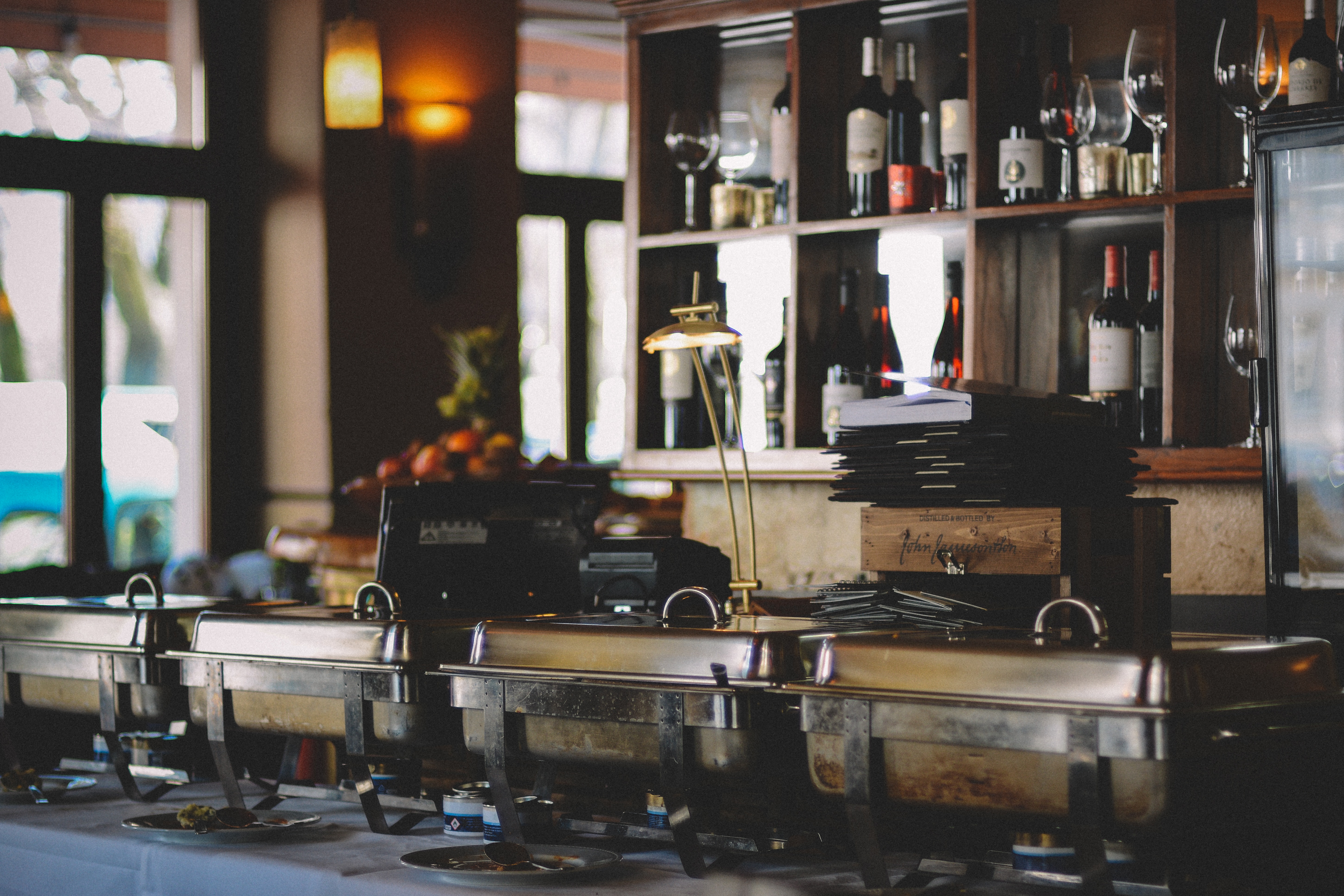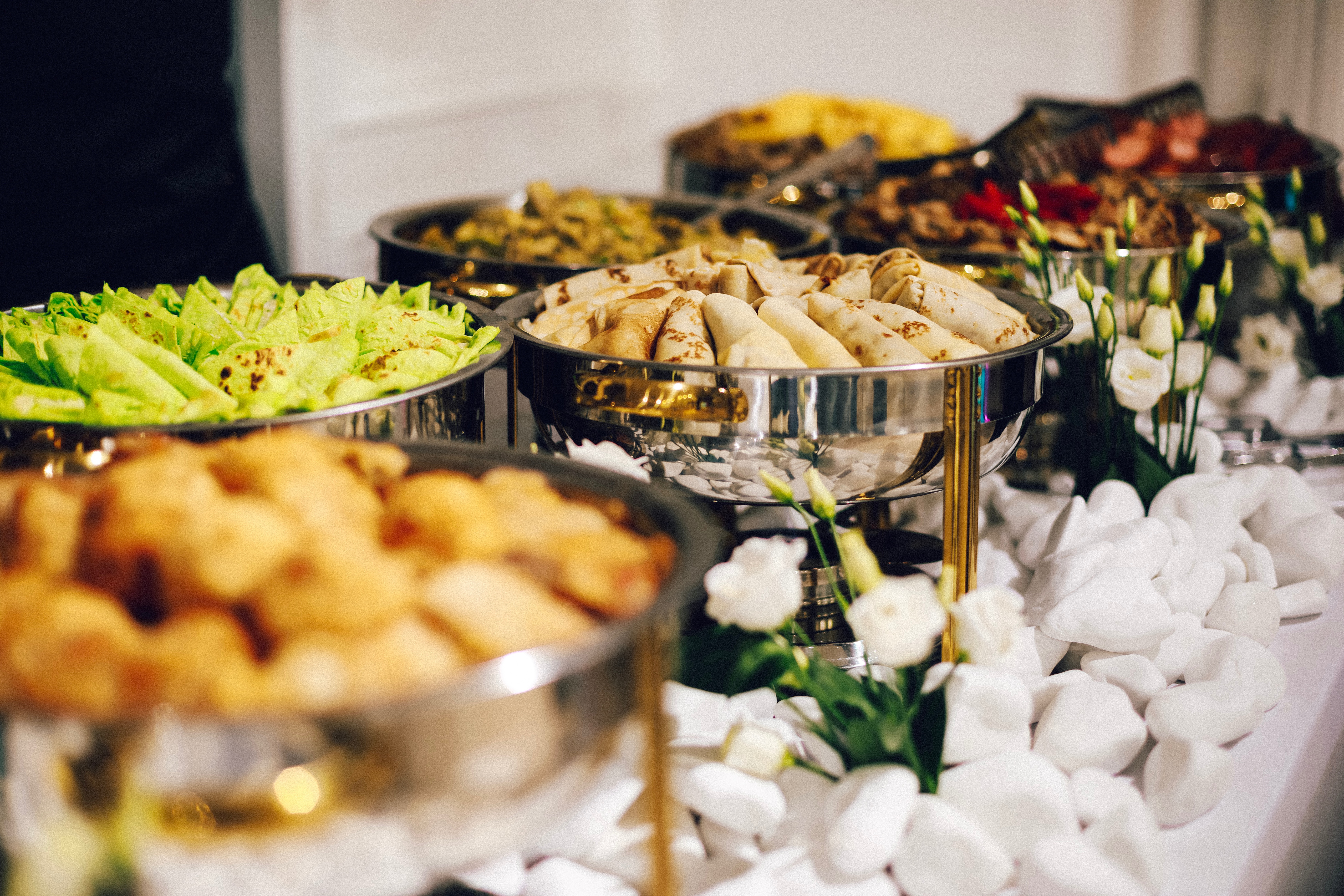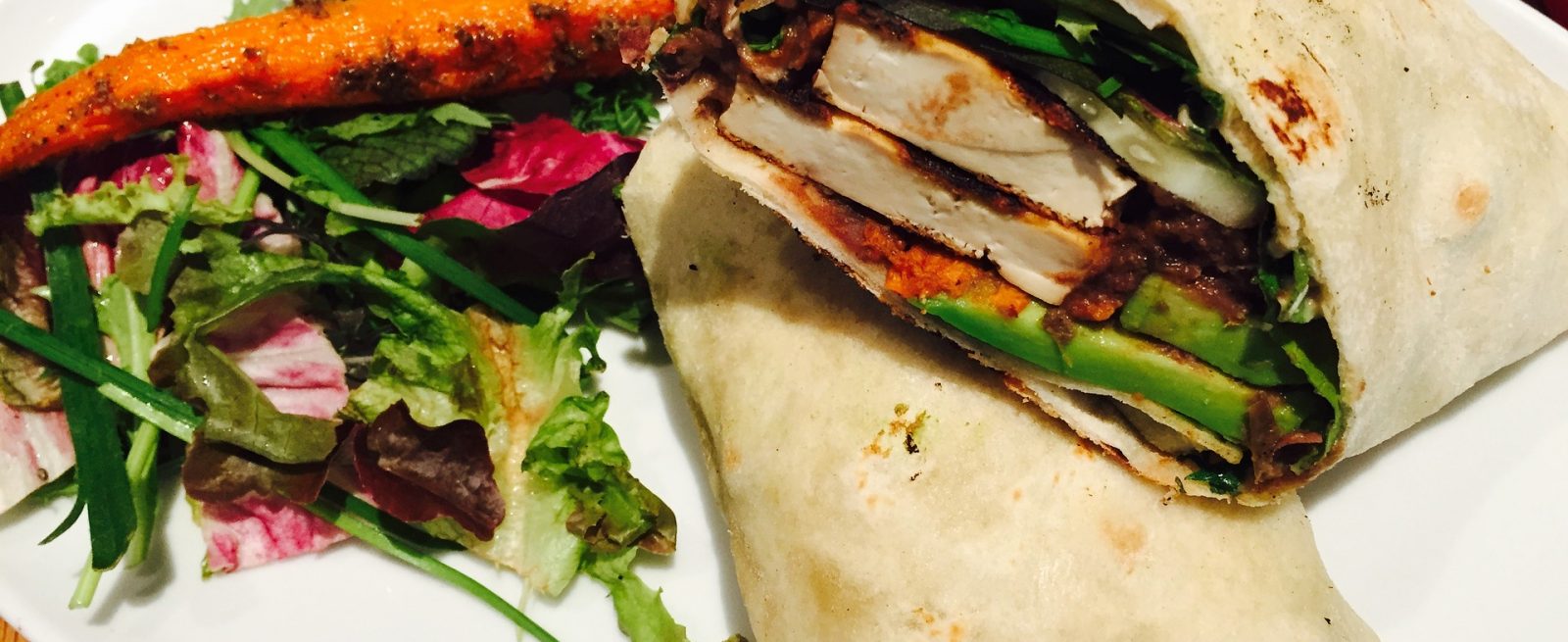Quick Ways to Level-Up Your Catering
3 Min Read By Bobby Hilliard
Quick-service catering is one of the most dynamic segments of the restauarnt industry. When going the catering route, it’s essential to consider one major thing: quality. Just because you can make it fast, it still needs to be good. You don’t want to serve food on a large scale that’s nowhere comparable to the everyday menu items people walk out with. One of the issues with this is the service industry has a notoriously high turnover rate, so new people are always coming into the kitchen. So, how do you streamline processes so that even the new people can jump and not screw everything up?
Keep it Simple
When offering a catering menu, don’t create items that are going to take forever to prepare. The average catering customer is probably a local business having lunch during a meeting or a group of teacher chip in and feed their department. Customers are looking for good food at an affordable price, not filet mignon.

Think about the staples of a working lunch: sandwiches, wraps, and salads. Those three are the linchpins of most catering options. If you choose to jump in, offer a variety of basic, yet brand relative options, but when it comes to special sauces or things that would create an extra step, why not automate this task by separating all condiments and extras on the side, so the customer can pile on whatever they wish. This way, if you’re serving a simple club, instead of getting bogged down in special orders, everything is uniform, and anyone who prefers mustard over mayo can put on whatever condiments they want.
Keep Customers Coming Back with Customized Service
Because most customers are businesses, being timely matters. Lunches only last so long when there’s an off-site or a big meeting, so order-taking, production and delivery needs to be efficient. Keep detailed notes on every order, so if there’s repeat business, you’ve got a file to work off of rather than starting over every time. Keep track of delivery notes, previous orders, special requests, billing information, and preferences. This will make the service way more personalized.
Find a POS System that Works for Your Team
Pretty much everyone has a POS system these days for counter and table sales. There are inventory systems for keeping track of inventory and cost of goods sold, but what about catering?

If you’ve got a dedicated catering program in place that offers platters and box lunches, you need a platform that can handle scope and size with accuracy. Catering should be seen as a driver of business, not an afterthought behind the counter and dining room. Some platforms integrate with all your current POS systems that manage sales, orders and make sure our team stays on time with all orders but also works the information into a daily routine with enough time to make sure you’re still hitting daily business targets.
Learn How to Scale Correctly
If you’re attempting to launch a high-volume catering business with your restaurant, there’s a lot to consider. Are you a franchise or are you standalone? If you’re a franchise, manage your store-level data, but also confer with the global business, too. If you’re working within a national system, it’s vital to utilize software that’s able to access information that reflects customer orders, but also keeps your business on pace with what everyone else is doing. If you’re a sandwich chain and a sister store a few towns over is killing it with their catering while you’re barely scratching the surface, looking at their numbers might be able to tell you something you’re doing wrong.

Consolidation Is Key
If you’re doing consistent business, efficiency is critical. The catering crew should consolidate all production throughout the day, so instead of taking orders on a per case basis, if there are 100 salami sandwiches to be made, it’s more like a Ford assembly line than it is on a per-order basis.
Operations sheets should be grouped by menu and workflow and include a detailed list of every single thing that needs to be added in the order down to bags, condiments, and napkins. Keeping these handy or posted on the wall for reference is an excellent way to keep people working and not bugging manager with questions that could bottleneck a process.
Streamlining your kitchen is easier than ever. There are a lot of success stories from businesses who were making OK money to changing everything by helping companies in their area feed the masses every day, and in many cases, there’s no tie required.


